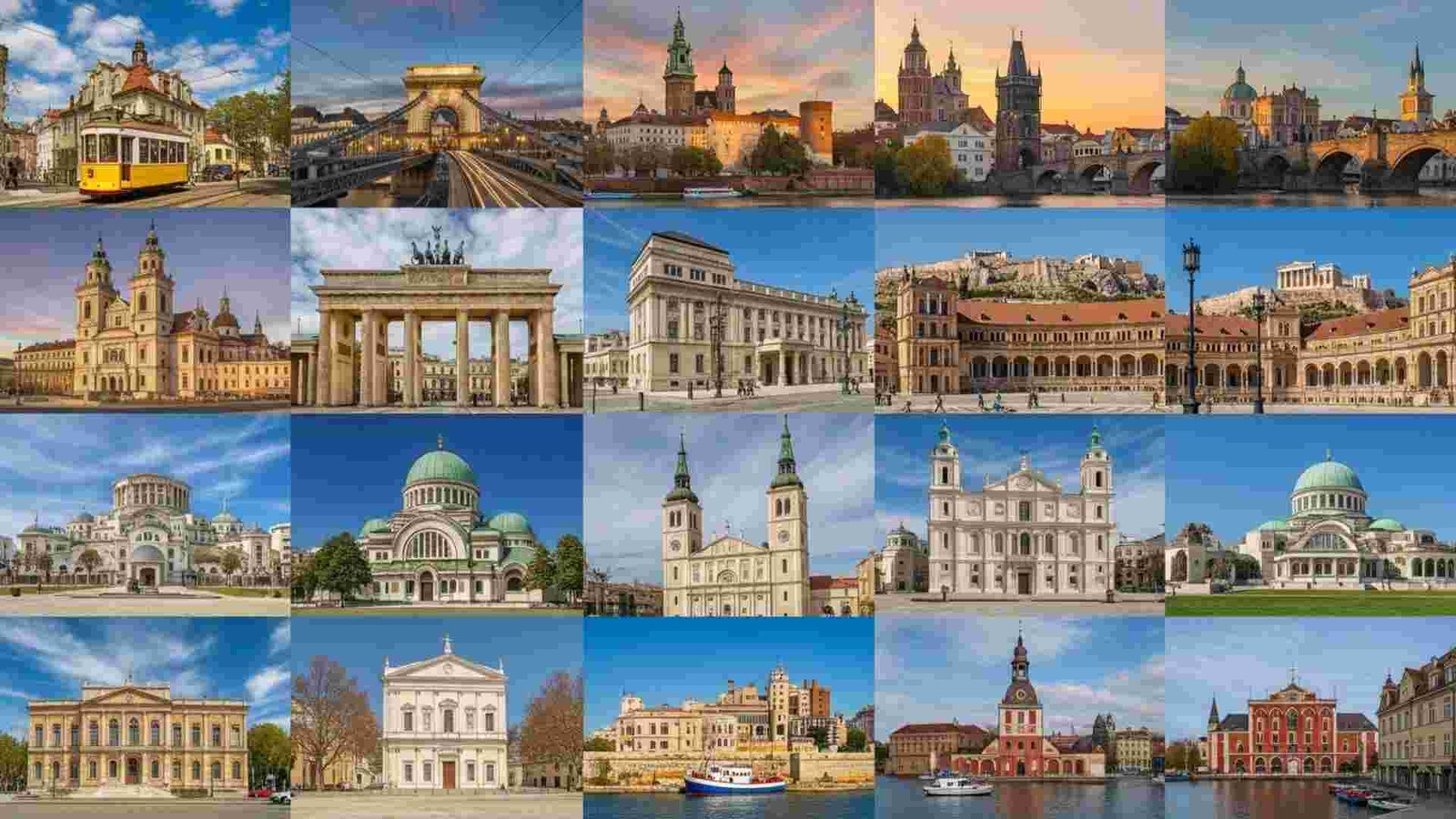

Thrill of stepping off the plane into a city where history whispers from every corner, vibrant markets pulse with life, and the scent of fresh pastries mingles with the cool breeze. Europe’s most captivating destinations don’t have to be out of reach.
With $2,000 in hand, you can unlock unforgettable adventures—exploring hidden alleyways, savoring authentic cuisine, and immersing yourself in cultures that feel as timeless as the cobblestones beneath your feet. This journey is more than just a budget-friendly escape; it’s an invitation to discover Europe in a way that feels both extraordinary and accessible.
1. Kraków, Poland
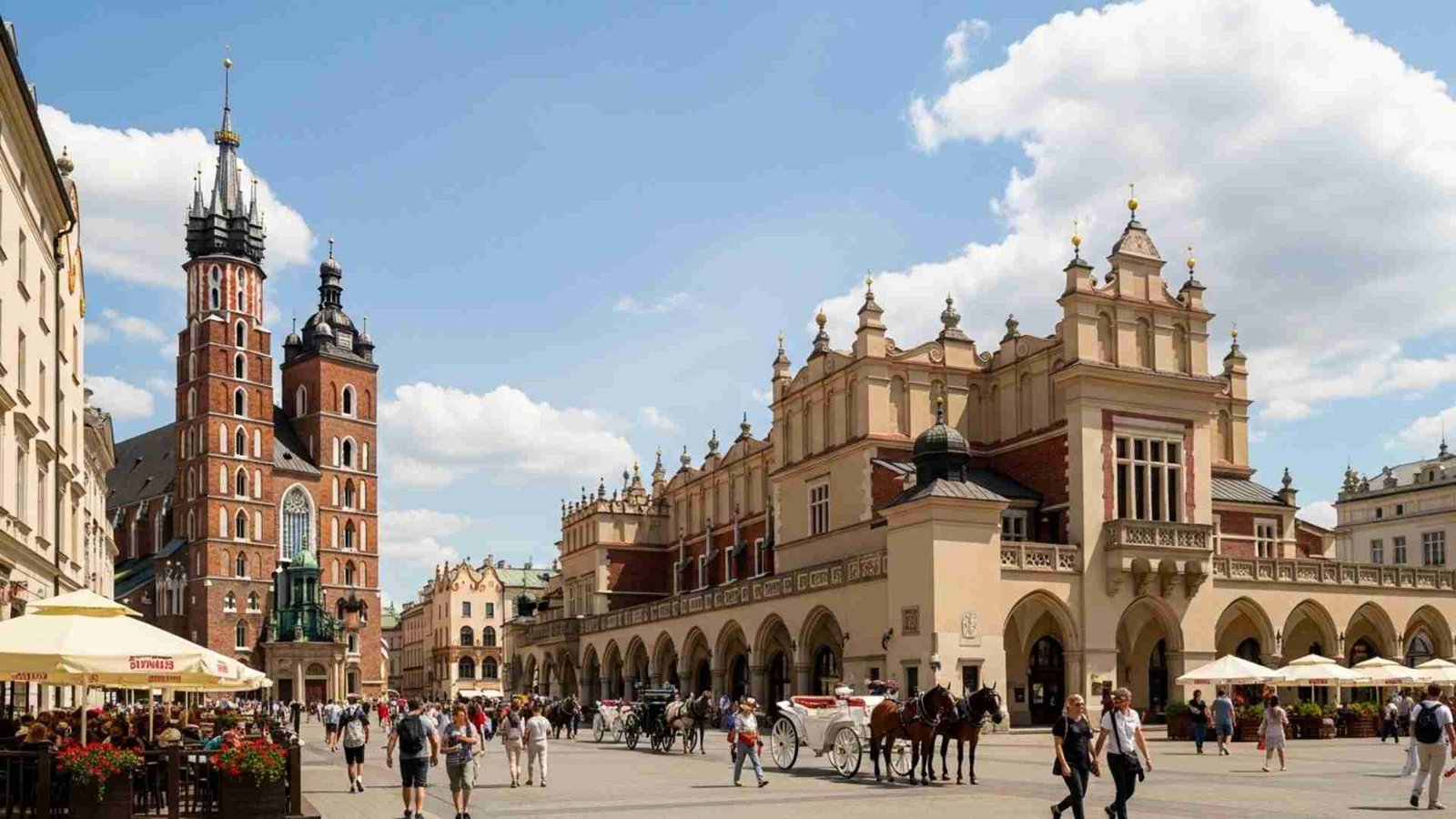
Kraków is a city where history, culture, and affordability beautifully intersect. As one of the most enchanting cities in Poland, it offers everything from medieval architecture to vibrant street art. The Old Town is a UNESCO World Heritage site filled with stunning landmarks like the Main Market Square and the impressive Wawel Castle.
These attractions, combined with the city’s rich cultural heritage, make Kraków a must-see destination. The city is remarkably budget-friendly, offering affordable accommodation, meals, and transportation. It’s easy to explore on foot, but Kraków also boasts an efficient and inexpensive public transport system.
Practical Information:
- Accommodation: Budget hostels from $15–$25/night, mid-range hotels around $40–$70/night.
- Meals: Traditional Polish meals cost around $5–$10. Street food like zapiekanka (Polish pizza) is as low as $3.
- Public Transport: Single tram or bus tickets cost about $1, with day passes available for around $4.
- Best Time to Visit: April–June and September–October (milder weather, fewer crowds).
- Must-Do Experiences:
- Visit the Wieliczka Salt Mine ($20 entry).
- Explore Kazimierz, the Jewish district.
- Take a day trip to the Auschwitz-Birkenau Memorial (train tickets around $5–$10).
- Relax at Planty Park, a green space surrounding the Old Town.
2. Budapest, Hungary

Budapest is a stunning blend of grand architecture and vibrant culture, all wrapped up in an affordable package. Split by the Danube River, the city is famous for its historic thermal baths, dramatic bridges, and world-class museums. The Buda Castle offers panoramic views of the city, while the Parliament Building stands tall on the riverbank.
Budapest’s affordability is a major draw, with meals, public transport, and attractions being much cheaper than other European capitals. The city is particularly well-suited for budget-conscious travelers who still want to experience a cosmopolitan vibe.
Practical Information:
- Accommodation: Budget hostels from $10–$25/night, mid-range hotels $40–$70/night.
- Meals: Street food like lángos costs around $3, and traditional meals range from $8–$12.
- Public Transport: A metro or tram ride is about $1.50, with day passes available for around $5.
- Best Time to Visit: April–October (best weather, festivals, fewer tourists in autumn).
- Must-Do Experiences:
- Relax at Széchenyi Thermal Baths (entry around $20).
- Take a river cruise on the Danube ($10+).
- Visit Heroes’ Square and City Park.
- Explore the Great Market Hall for food and souvenirs.
3. Lisbon, Portugal
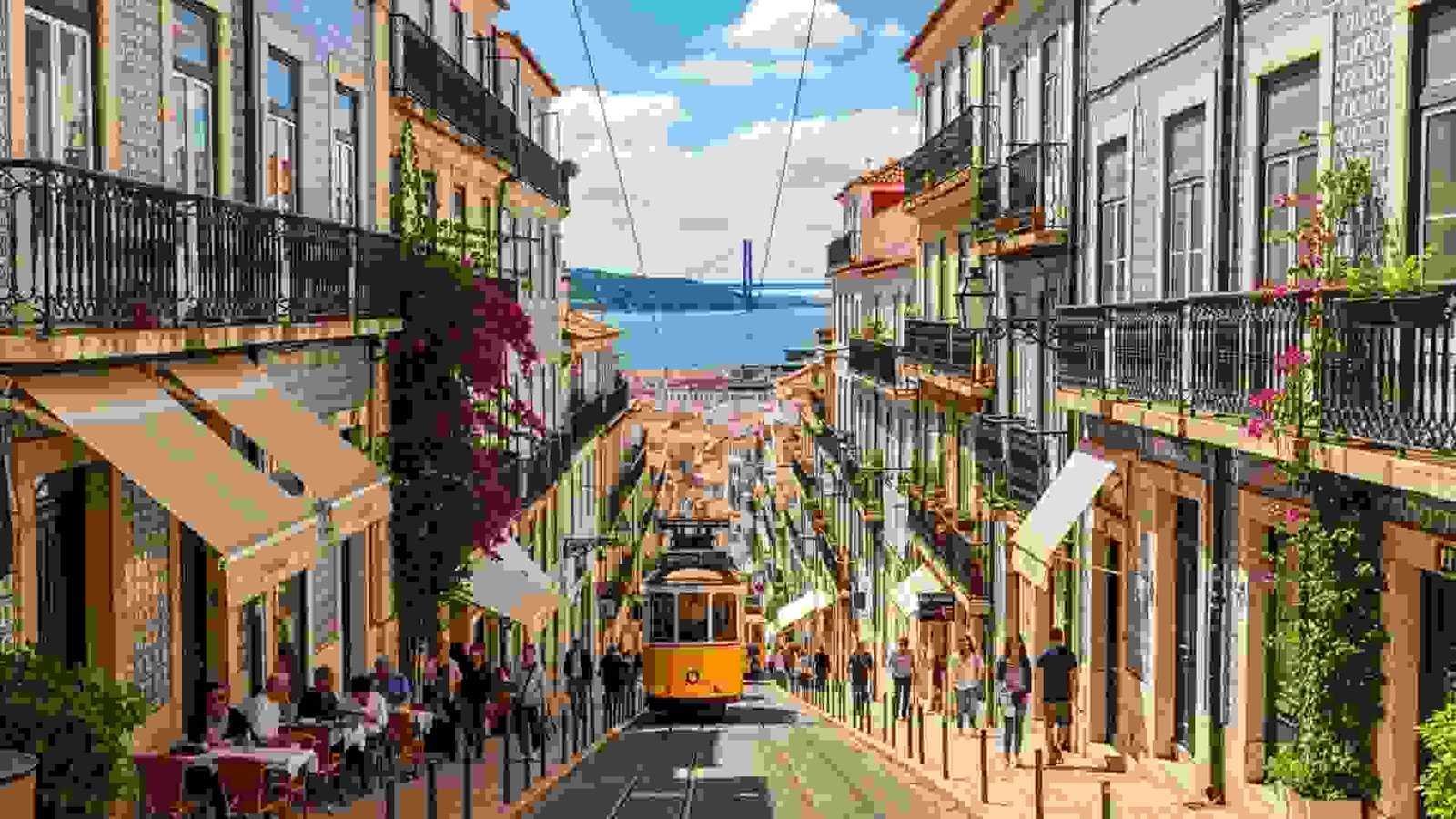
Lisbon is one of the most underrated cities in Europe, and it’s perfect for those on a budget. The city is known for its yellow trams, narrow streets lined with colorful tiles, and incredible views from Miradouros (viewpoints). From the Belém Tower to the Jerónimos Monastery, Lisbon is full of historical landmarks that won’t cost you much to visit.
Lisbon offers an affordable mix of food, activities, and transportation, making it easy to experience a European capital without breaking the bank. And the added bonus? The friendly locals and laid-back vibe that’ll make you feel right at home.
Practical Information:
- Accommodation: Budget hostels from $20–$30/night, mid-range hotels $50–$80/night.
- Meals: You can get a pastry like pastéis de nata for $1, and traditional Portuguese meals cost around $10–$15.
- Public Transport: Metro tickets are about $1.50, with a 24-hour pass for $7.
- Best Time to Visit: March–May and September–October (ideal weather, fewer tourists).
- Must-Do Experiences:
- Ride the historic Tram 28 through Alfama.
- Visit the Belém district for the famous custard tarts.
- Take a day trip to Sintra (20 minutes by train) to see magical castles.
- Wander around the LX Factory, a cool space for art, food, and shopping
4. Vilnius, Lithuania

Vilnius is a hidden gem in Eastern Europe, offering a captivating blend of history, art, and local charm without the high price tag. Its Old Town, a UNESCO World Heritage site, is one of the largest in Europe and features cobblestone streets, baroque architecture, and cozy cafes.
Vilnius is smaller and less touristy than other European capitals, so it retains a sense of intimacy. You’ll be surprised by how much you can see and do without breaking the bank. The city is compact and walkable, and the cost of living is much lower than in Western Europe.
Practical Information:
- Accommodation: Budget hostels from $15–$25/night, mid-range hotels $40–$60/night.
- Meals: Traditional Lithuanian dishes like cepelinai (potato dumplings) cost $5–$8.
- Public Transport: Single tickets on buses or trolleybuses are around $1.
- Best Time to Visit: April–June and September–October (mild temperatures, fewer crowds).
- Must-Do Experiences:
- Explore Trakai Castle, located just 30 minutes away by bus.
- Walk through Uzupis, the bohemian district with its quirky street art.
- Visit the Vilnius Cathedral and climb Gediminas Tower for panoramic views.
- Take a stroll along the Neris River for scenic views of the city.
5. Sofia, Bulgaria
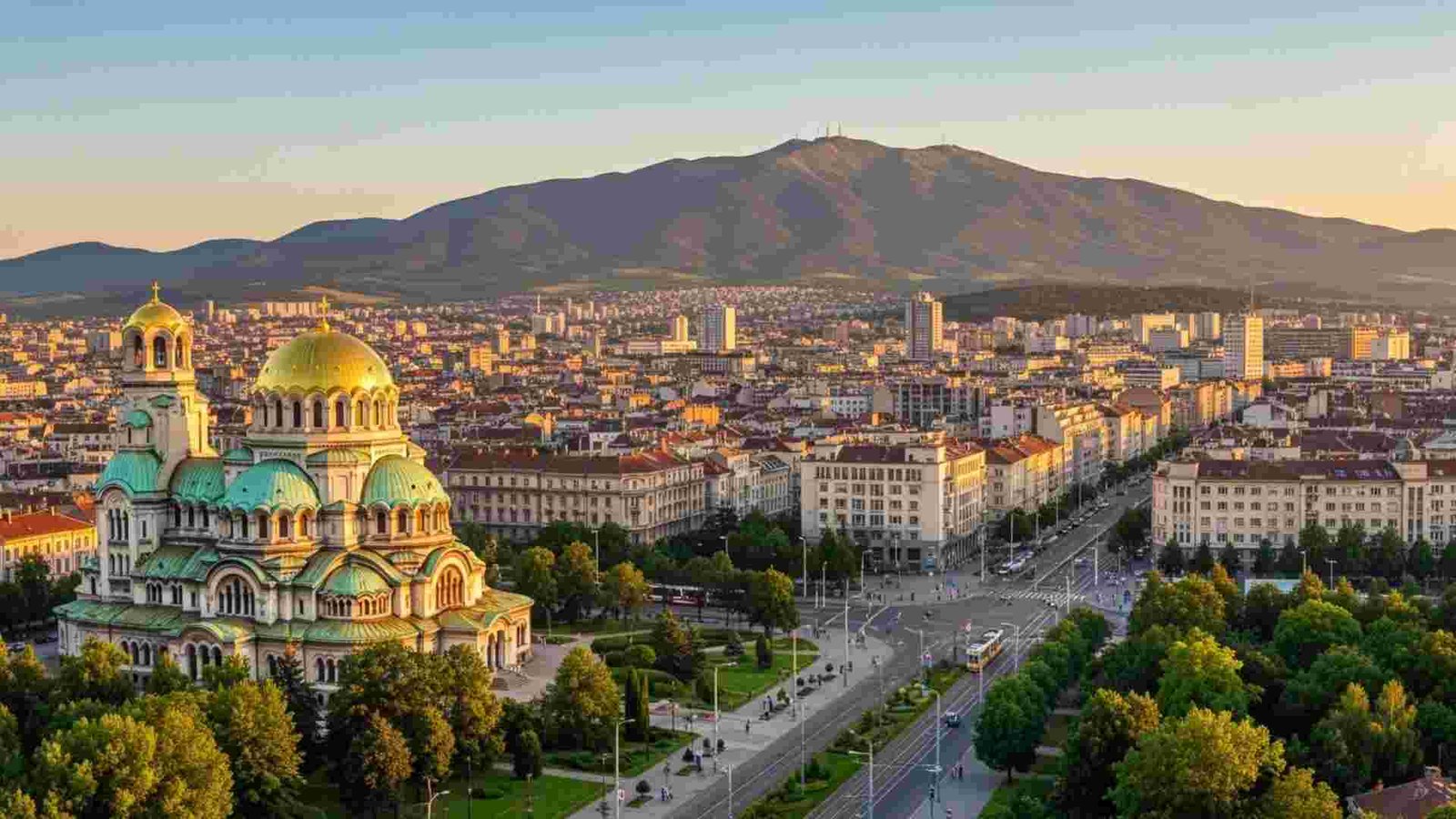
Sofia offers an intriguing mix of history, nature, and affordability. As one of Europe’s oldest cities, it’s packed with ancient ruins, churches, and historical landmarks. Vitosha Mountain provides a natural escape, just a short distance from the city, offering hiking opportunities with views of Sofia.
The Alexander Nevsky Cathedral is a stunning example of Bulgarian Orthodox architecture. Sofia is remarkably budget-friendly, with low costs for food, transport, and attractions. It’s an up-and-coming destination for travelers looking for a European capital that won’t drain their savings.
Practical Information:
- Accommodation: Budget hostels from $15–$25/night, mid-range hotels $30–$50/night.
- Meals: Local dishes like shopska salad or banitsa (pastry) are around $5–$7.
- Public Transport: Metro tickets cost around $1, and a day pass is $4.
- Best Time to Visit: May–October (mild weather and outdoor festivals).
- Must-Do Experiences:
- Hike up Vitosha Mountain (free, but transport costs around $5).
- Visit the Boyana Church and see its UNESCO-listed frescoes.
- Explore Vitosha Boulevard for shopping, cafes, and street performers.
- Take a day trip to Rila Monastery, a UNESCO World Heritage site (2 hours by car).
6. Porto, Portugal
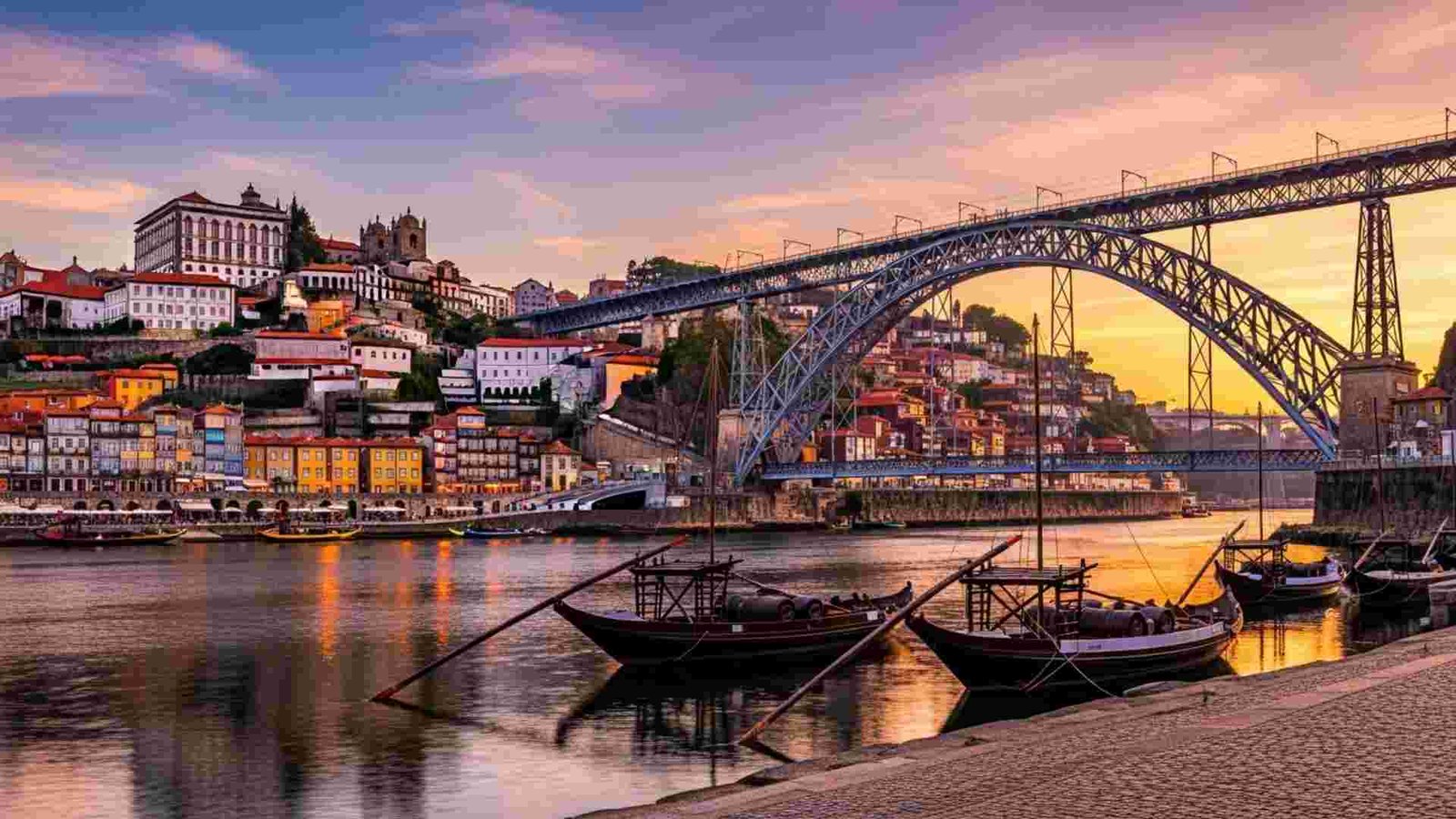
Porto is like a lesser-known cousin to Lisbon, but with a charm and character all its own. While Lisbon gets most of the spotlight, Porto offers an authentic Portuguese experience at a fraction of the cost. Nestled along the Douro River, Porto is known for its colorful buildings, its port wine cellars, and the stunning Dom Luís I Bridge that connects the historic district to the newer parts of the city.
But what makes Porto truly stand out is its more laid-back, intimate vibe compared to the hustle and bustle of Lisbon. It’s a city where you can sip port wine by the river, explore narrow streets lined with tiled houses, and get lost in its artistic side.
Practical Information:
- Accommodation: Budget hostels from $20–$30/night, mid-range hotels $50–$80/night.
- Meals: Hearty meals like francesinha (a meat sandwich) cost around $7–$10. Street food like bacalhau (salted codfish) can be found for as little as $4.
- Public Transport: Metro rides cost $1.50, with day passes available for $5.
- Best Time to Visit: April–June and September–October (mild temperatures, fewer tourists).
- Must-Do Experiences:
- Take a river cruise on the Douro River for $10–$20.
- Visit Ribeira, the colorful historic district.
- Tour the Port wine cellars along the riverbanks (entry fees around $5–$10).
- Don’t miss Livraria Lello, one of the most beautiful bookstores in the world.
7. Riga, Latvia
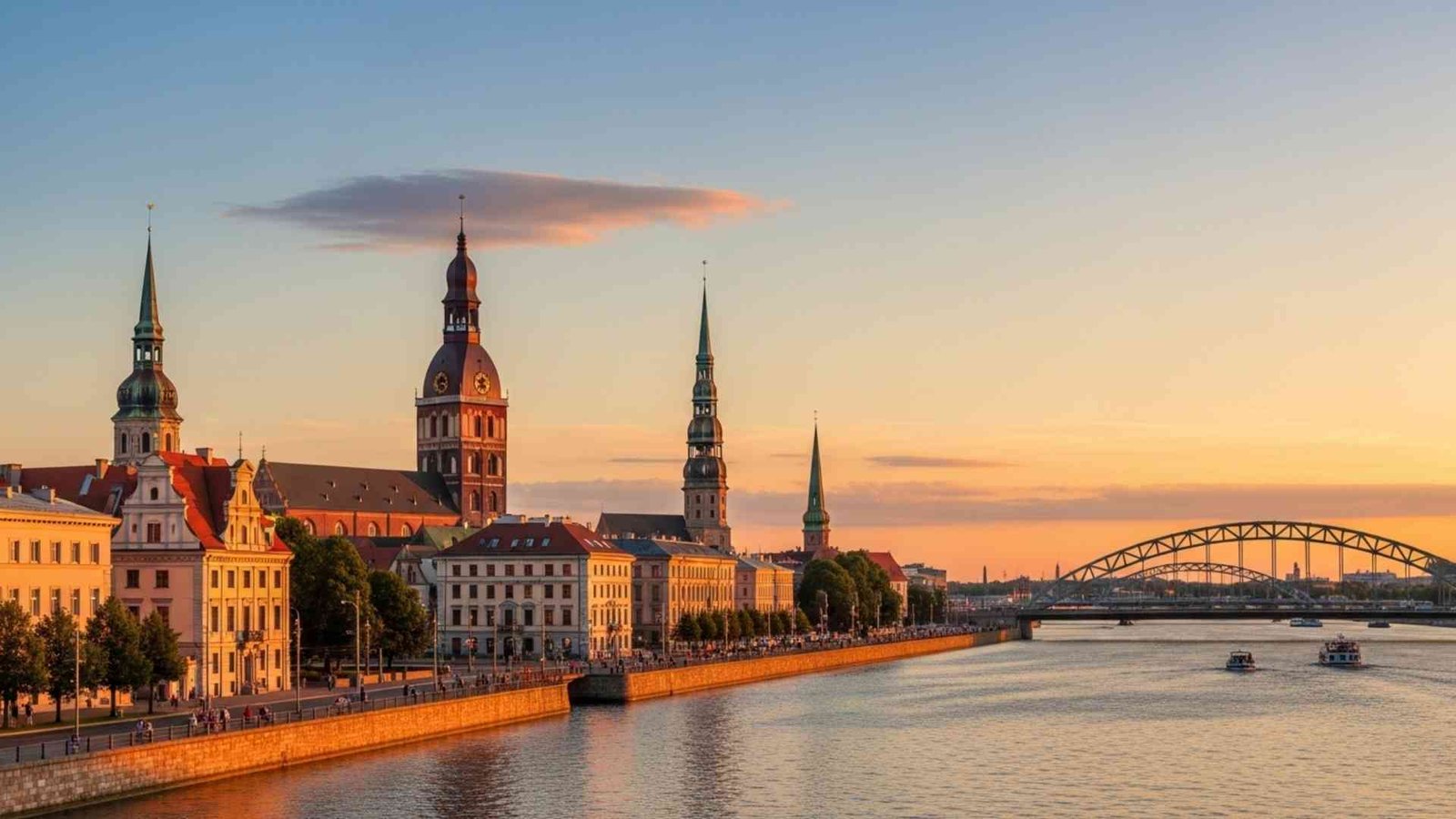
Riga may not be on every European traveler’s radar, but this Baltic capital punches well above its weight. The Art Nouveau district is a UNESCO World Heritage site, with elegant, curved buildings covered in intricate details. Beyond the art and architecture, Riga is home to some of the most vibrant and affordable food scenes in Europe. Whether you’re diving into a bowl of grey peas with ham or sipping on local Riga Black Balsam (a herbal liqueur), the city’s culinary history is rich and authentic.
Riga has a youthful, energetic vibe with bustling cafes, creative spaces, and a lively nightlife scene, which makes it perfect for travelers looking for an alternative to the more tourist-heavy cities in Europe. While Riga may seem like just another European capital, its combination of history and modernity gives it an edge. The city has become a hub for creativity, with lots of small local shops, artisan galleries, and independent cafes.
Practical Information:
- Accommodation: Budget hostels from $15–$25/night, mid-range hotels $40–$60/night.
- Meals: Traditional meals like cepelinai (potato dumplings) or piragi (meat-filled pastries) cost around $5–$8.
- Public Transport: Public buses, trams, and trolleybuses cost about $1 per ride, with 24-hour passes around $4.
- Best Time to Visit: May–September (warmer weather, festivals).
- Must-Do Experiences:
- Explore Riga Old Town, a UNESCO site with cobblestone streets.
- Wander through the Central Market, one of Europe’s largest indoor markets.
- Visit Riga’s Art Nouveau district, featuring 800+ art nouveau buildings.
- Take a walk along Bastejkalna Park and see the Freedom Monument.
8. Athens, Greece
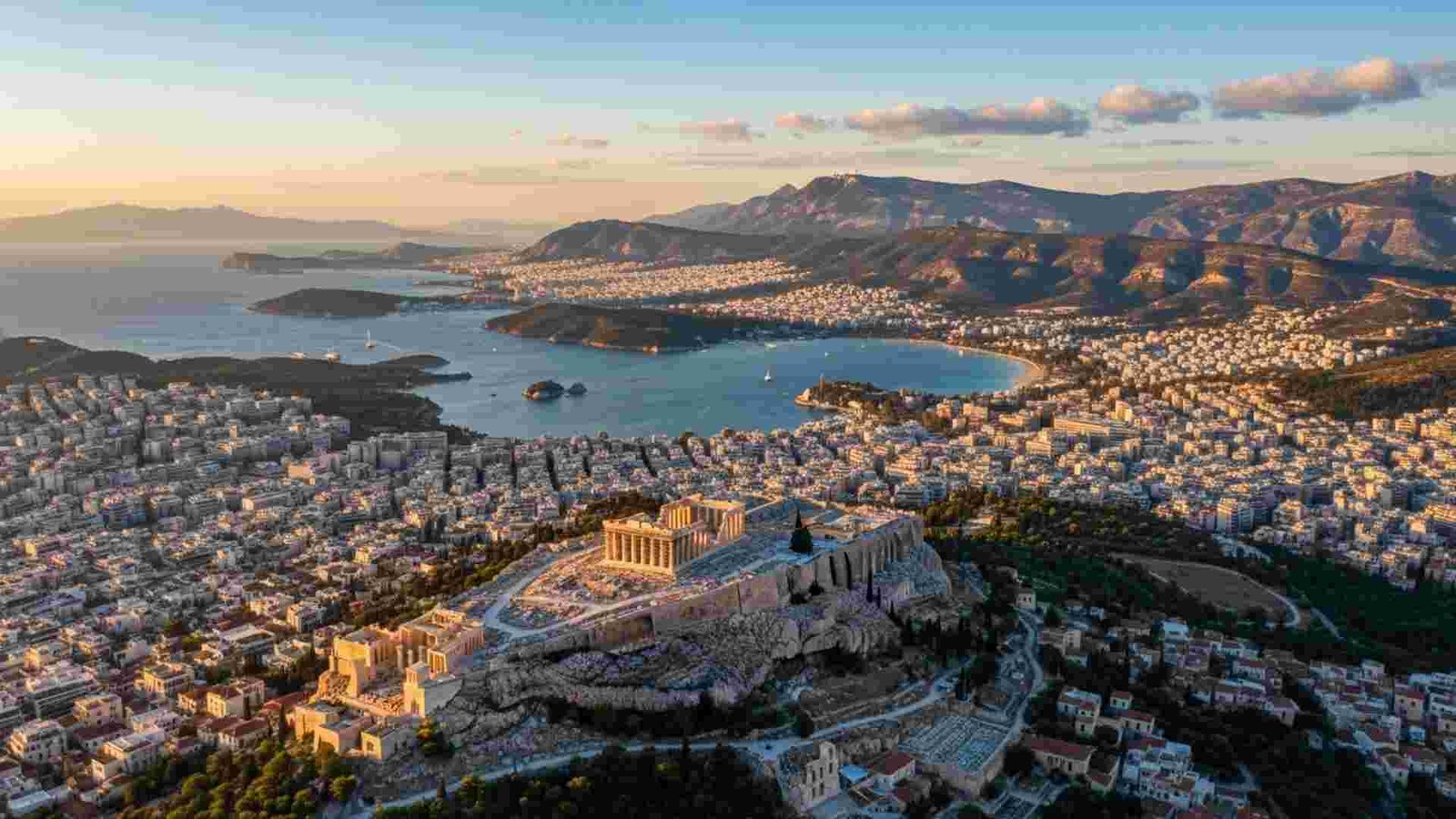
Athens often gets overshadowed by the idyllic Greek islands, but if you’re looking for a place with a rich history, vibrant street life, and excellent food at affordable prices, Athens should be at the top of your list. While the Acropolis and the ancient ruins are obvious draws, there’s more to Athens than just its history.
The city’s neighborhoods, like Plaka and Monastiraki, are filled with charming cafes, local markets, and hidden gems. The food scene in Athens is also a revelation—souvlaki, moussaka, and tzatziki are delicious, and the local eateries often serve up generous portions for little money.
Practical Information:
- Accommodation: Budget hostels from $15–$25/night, mid-range hotels $40–$70/night.
- Meals: Traditional Greek dishes cost around $5–$10 at local tavernas. Street food like gyros is $3–$5.
- Public Transport: A metro ride costs around $1.50, with day passes available for about $4.
- Best Time to Visit: April–June and September–October (ideal temperatures and fewer crowds).
- Must-Do Experiences:
- Visit the Acropolis and Parthenon (entry around $10).
- Wander through Plaka, the old historical neighborhood.
- Enjoy a meal at a rooftop restaurant with views of the Acropolis.
- Visit the National Archaeological Museum for a deeper dive into Greek history.
9. Bratislava, Slovakia
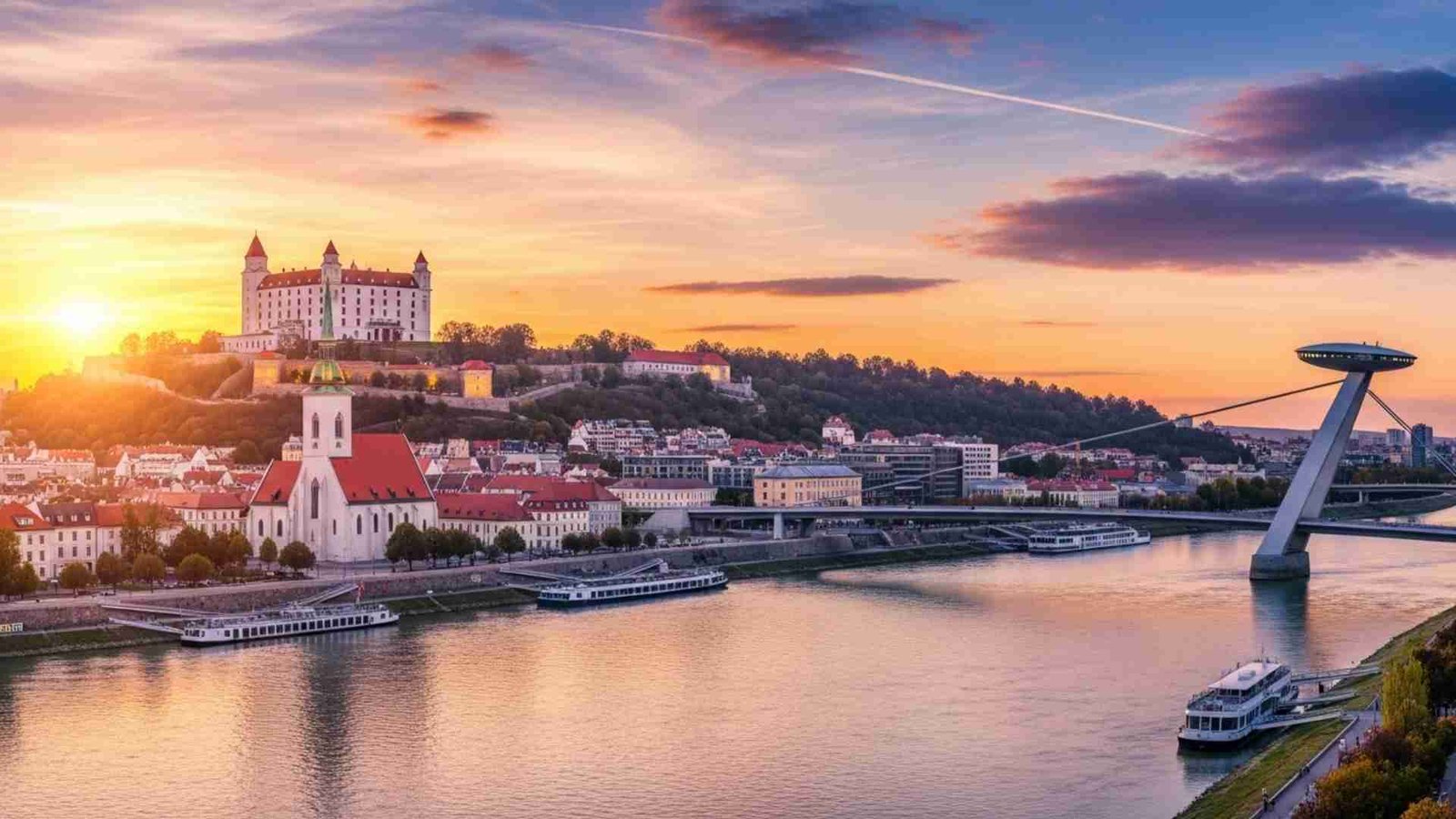
Bratislava, the capital of Slovakia, might not be the most famous city in Europe, but it offers a refreshing mix of medieval charm, modern design, and breathtaking views. Located just an hour from Vienna, it’s an affordable alternative to the more expensive Austrian capital.
The city’s Old Town is a beautiful maze of cobblestone streets, where you’ll find Bratislava Castle, which offers panoramic views of the Danube River. But beyond the tourist sights, Bratislava has a great cafe culture, quirky bars, and is quickly becoming a hub for design and tech startups.
Practical Information:
- Accommodation: Budget hostels from $15–$25/night, mid-range hotels $40–$60/night.
- Meals: Hearty meals like halusky (potato dumplings) or goulash cost around $6–$10.
- Public Transport: Trams and buses cost around $1 per ride, with 24-hour passes for $4.
- Best Time to Visit: May–October (comfortable temperatures, outdoor events).
- Must-Do Experiences:
- Visit Bratislava Castle for stunning views of the city and the Danube.
- Explore the quirky streets of the Old Town.
- Walk along the Danube River promenade and visit the UFO Tower.
- Take a day trip to the Small Carpathians for hiking and wine tasting.
10. Prague, Czech Republic
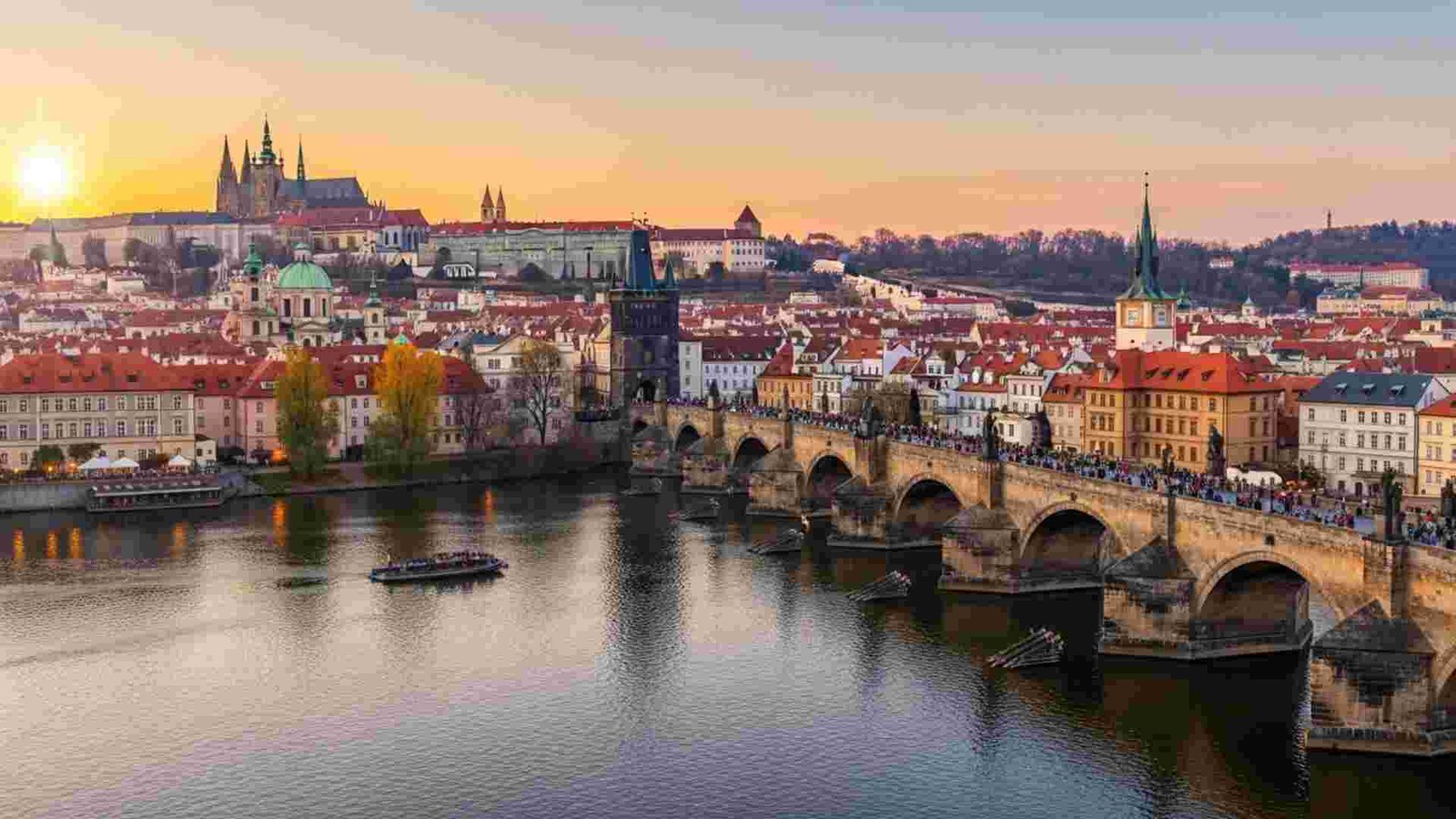
Prague is one of the most picturesque cities in Europe, where you can step back in time as you wander through its medieval streets and across the iconic Charles Bridge. Known as the City of a Hundred Spires, Prague’s skyline is dominated by Gothic and Baroque architecture, and there’s no shortage of awe-inspiring sights.
But beyond its beauty, Prague is a city that offers great value for travelers. Meals, accommodation, and activities are incredibly affordable compared to Western European cities. Whether you’re sipping local pilsner or exploring the city’s hidden courtyards, Prague offers a timeless European experience without the hefty price tag.
Practical Information:
- Accommodation: Budget hostels from $15–$25/night, mid-range hotels $40–$70/night.
- Meals: Traditional Czech meals like svíčková (beef in creamy sauce) or goulash cost around $6–$12.
- Public Transport: Metro, tram, and bus rides are $1–$2, with day passes for $5.
- Best Time to Visit: April–October (best weather, festivals, and fewer crowds in autumn).
- Must-Do Experiences:
- Walk across the Charles Bridge for stunning views.
- Visit Prague Castle and St. Vitus Cathedral ($10 entry).
- Explore the Old Town Square and the Astronomical Clock.
- Try Pilsner Urquell beer at a traditional Czech pub.
11. Bucharest, Romania
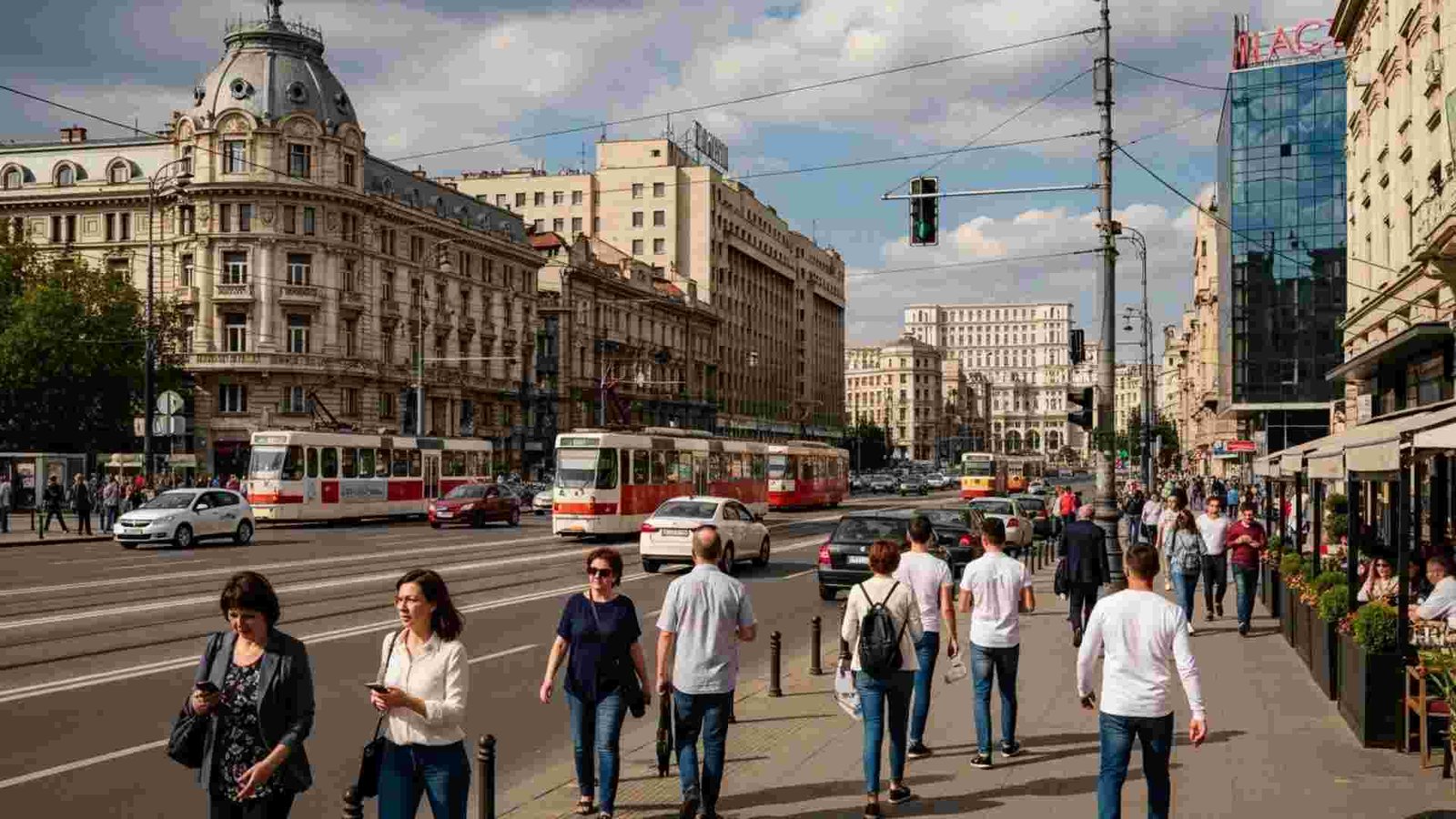
Bucharest may not always make the top of the tourist list, but that’s exactly what makes it so fascinating. Often overlooked in favor of cities like Budapest or Prague, Romania’s capital is a hidden gem brimming with surprises. It’s a city where history and modernity blend seamlessly—neo-classical buildings stand side-by-side with communist-era architecture, creating a unique backdrop for an unforgettable journey.
In the Old Town, or Lipscani district, you’ll find quaint streets lined with lively bars, artisan shops, and cozy cafés. Wander through Carturesti Carusel, a beautiful bookstore hidden in an old mansion, and you’ll feel like you’ve stepped into a fairytale. Cismigiu Gardens, a peaceful oasis in the heart of the city, offers a serene escape for a walk or boat ride on the lake. But the real secret to Bucharest’s charm lies in its underground culture—places like the Museum of the Romanian Peasant, a fascinating dive into local traditions, or the Mogoșoaia Palace, an elegant example of Romanian architecture just outside the city.
Practical Information:
- Accommodation: Budget hostels start at $15–$25/night, mid-range hotels are around $40–$70/night.
- Meals: A hearty Romanian meal like sarmale (cabbage rolls) or mămăligă (polenta) costs around $6–$10. Street food like mititei (grilled sausages) is a steal at $3–$5.
- Public Transport: Metro tickets are $0.60 per ride, and day passes are $3. Buses and trams are similarly affordable.
- Best Time to Visit: April–June and September–October (pleasant weather, fewer tourists).
- Must-Do Experiences:
- Visit the Palace of the Parliament (entry around $10).
- Stroll through Herastrau Park and take a boat ride on the lake.
- Explore the Romanian Athenaeum, a neoclassical concert hall with stunning acoustics.
- Spend a day in Mogoșoaia Palace for a taste of Romanian aristocracy.
12. Valencia, Spain

Valencia is Spain’s best-kept secret—one that often gets overshadowed by its flashier counterparts, Madrid and Barcelona. But for travelers in the know, it’s a city that feels authentically Spanish and wonderfully laid-back. Imagine wandering through narrow, sun-soaked streets where the sound of flamenco music drifts from open windows, and paella (Valencia’s signature dish) is served on every corner.
A visit to La Lonja de la Seda—a stunning example of Gothic architecture and a UNESCO World Heritage site—is a must for history lovers. But just as important are the unexpected gems like Turia Gardens, a former riverbed transformed into one of the longest urban parks in Europe. You can rent a bike and pedal along this verdant stretch that snakes through the heart of the city, taking in fountains, ponds, and quiet corners.
Practical Information:
- Accommodation: Budget hostels from $20–$30/night, mid-range hotels $50–$80/night.
- Meals: Enjoy a traditional paella meal for around $12–$20, or grab some tapas for $5–$10 at a local tavern.
- Public Transport: Valencia has an efficient metro and bus system, with single tickets costing about $1.50. Day passes are available for around $5.
- Best Time to Visit: March–June and September–November (pleasant temperatures, fewer tourists).
- Must-Do Experiences:
- Visit the City of Arts and Sciences, especially the Oceanografic Aquarium ($30 entry).
- Wander through El Carmen to discover street art and charming bars.
- Cycle through Turia Gardens, an expansive park perfect for picnics and outdoor activities.
- Spend a day at Malvarrosa Beach, enjoying the Mediterranean sunshine.
Conclusion
A $2,000 budget can go surprisingly far in Europe if you know where to go. Cities like Kraków, Budapest, and Porto offer rich cultural experiences, historic charm, and vibrant local scenes—all without draining your wallet. Whether you’re wandering through ancient streets, indulging in local delicacies, or enjoying breathtaking landscapes, these 12 cities allow you to experience the best of Europe affordably. So, pack your bags, embrace the adventure, and explore these hidden gems that promise unforgettable memories without breaking the bank.






